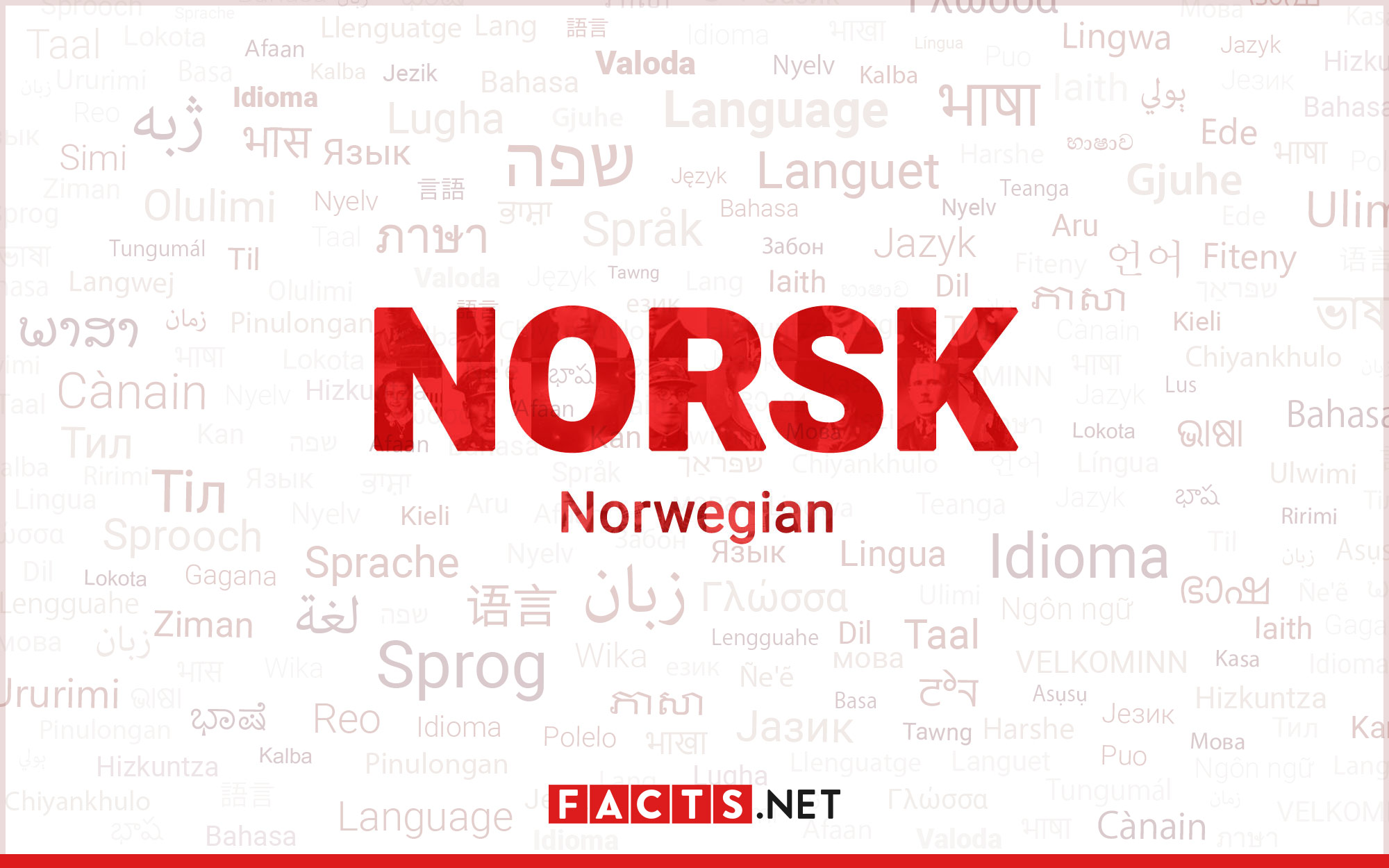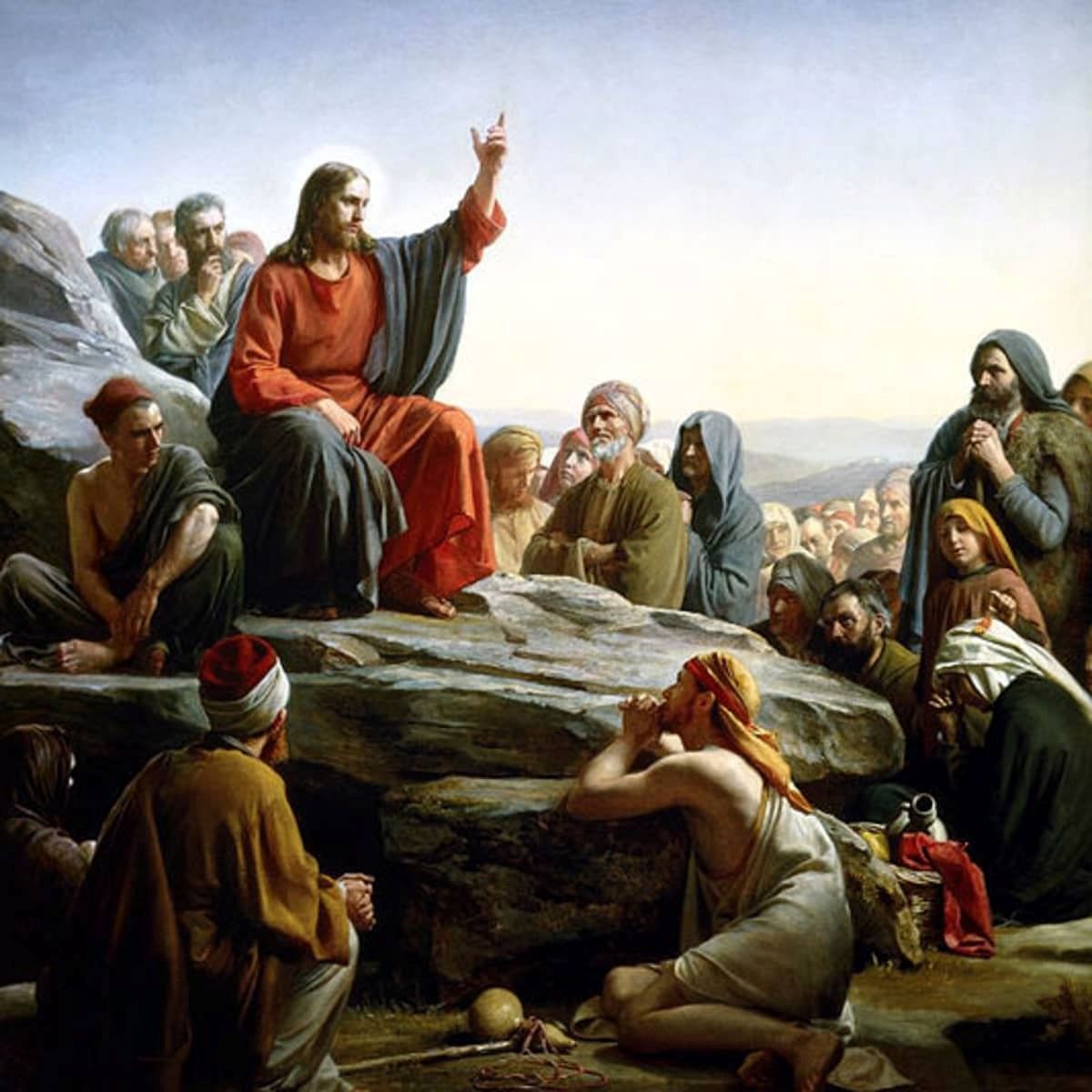
Norwegian, the official language of Norway, is a fascinating and unique language that has a rich history and cultural significance. With its roots dating back to Old Norse, spoken by the Vikings over a thousand years ago, the Norwegian language has evolved into a distinct and widely spoken language in the Nordic region. In this article, we will explore 20 fascinating facts about Norwegian that will not only deepen your understanding of the language itself, but also shed light on the culture and heritage of the Norwegian people. From its distinctive phonology and grammar to its influence on other languages, Norwegian is a language that continues to captivate linguists and learners alike. So, let’s embark on this linguistic journey and discover the intriguing aspects of the Norwegian language.
Key Takeaways:
- Norwegian has two written standards: Bokmål and Nynorsk, with Bokmål being the most widely used and Nynorsk based on rural dialects. This makes Norwegian a diverse and unique language with different ways of writing and speaking.
- Norwegian has a tonal accent, three genders, and a rich literary heritage. It’s also influenced English and has its own version of Santa Claus. Learning Norwegian can open up a world of linguistic wonders and cultural exploration.
Norwegian has two main written standards: Bokmål and Nynorsk.
Norwegian is unique in that it has two official written standards: Bokmål and Nynorsk. Bokmål, meaning “book language,” is the most widely used and is based on the Danish-influenced standard. Nynorsk, meaning “New Norwegian,” is based on the country’s rural dialects and is used by a smaller portion of the population.
Norwegian is closely related to other Scandinavian languages.
Norwegian shares many similarities with its neighboring Scandinavian languages, such as Swedish and Danish. These languages are part of the North Germanic branch of the Germanic language family and have a high degree of mutual intelligibility.
Norwegian has a tonal accent.
Unlike most other Germanic languages, Norwegian has a tonal accent. This means that the pitch and intonation of a word can change its meaning. For example, the word “bønder” can mean “farmers” or “boundaries,” depending on the tone used.
Norwegian has many loanwords from English.
Due to globalization and the influence of the English language, Norwegian has adopted numerous loanwords from English. This integration of English words into Norwegian vocabulary is known as “Denglish” or “Norglish.”
There are three genders in Norwegian: masculine, feminine, and neuter.
Unlike many other languages that have only two genders, Norwegian has three. Nouns can be masculine, feminine, or neuter, and the choice of gender can affect the article, adjective, and pronoun used with the noun.
Norwegian has a rich literary heritage.
Norwegian literature dates back to medieval times and has produced renowned authors such as Henrik Ibsen, Knut Hamsun, and Sigrid Undset. These writers have contributed significantly to the literary world with their works and have been recognized with prestigious awards, including the Nobel Prize in Literature.
Norwegian has dialectal variations across different regions.
Just like many other languages, Norwegian varies in terms of dialects across different regions of the country. These dialects often differ in pronunciation, vocabulary, and grammar, reflecting the regional diversity within the Norwegian language.
Norwegian has a simplified grammar compared to some other languages.
While Norwegian has its complexities, it is generally considered to have a simplified grammar compared to languages such as German or French. This can make it more accessible for language learners who are looking for a less daunting linguistic experience.
Norwegian has official status in two countries.
Aside from Norway, Norwegian also holds official status in neighboring country, Svalbard, an archipelago under Norwegian sovereignty. This recognition emphasizes the broad use and importance of the Norwegian language.
Norwegian speakers enjoy a high level of fluency in English.
English proficiency is generally quite high among Norwegian speakers, with Norway consistently ranking among the top countries in the world for English language skills. This can be attributed to the widespread use of English in schools, media, and everyday life.
The Norwegian alphabet includes three additional letters.
In addition to the 26 letters of the English alphabet, Norwegian has three additional letters: Æ, Ø, and Å. These letters are distinct and are used in various words, contributing to the unique spelling and pronunciation of Norwegian words.
Norwegian has influenced the development of the English language.
During the Viking Age, the Norse language, an ancestor of modern Norwegian, had a significant impact on Old English. Many Old Norse words and phrases were integrated into the English language, leaving a lasting linguistic influence.
Norwegian place names often have descriptive meanings.
When it comes to Norwegian place names, many of them have descriptive meanings that reflect the characteristics of the location. For example, the name “Bergen” means “the mountain,” showcasing the city’s hilly landscape.
The Norwegian language has a strong emphasis on gender equality.
Norwegian is known for its inclusive approach to gender. Efforts have been made to use gender-neutral language to promote equality and inclusivity, making Norwegian a progressive and forward-thinking language in this regard.
Norwegian has its own version of Santa Claus.
In Norwegian folklore, Santa Claus is known as “Julenissen” or “Julegubben.” He is depicted as a friendly gnome-like creature who brings gifts to children during the Christmas season.
Norwegian has its own unique idioms and expressions.
Like any language, Norwegian has its fair share of idiomatic expressions that add color and character to the language. These idioms are often rooted in Norwegian culture and can be both amusing and enlightening to learn.
Norwegian has a specific word for enjoying outdoor activities in nature.
The Norwegian word “friluftsliv” translates to “open-air living” and refers to the appreciation and enjoyment of outdoor activities in nature. This concept reflects the deep connection Norwegians have with their natural surroundings.
Norwegian has a strong influence from Old Norse.
Old Norse, the language of the Vikings, had a significant influence on the development of the Norwegian language. Many words, phrases, and grammar patterns can be traced back to this ancient language, adding a touch of history to the modern Norwegian language.
Norwegian has a unique way of saying “thank you.”
In Norwegian, the word “takk” is used to express gratitude, similar to “thank you” in English. However, a fun fact is that Norwegians sometimes say “takktakk” (thank you thank you) to express an even greater level of appreciation.
Norwegian has a special character for denoting a long vowel sound.
In Norwegian writing, a special character called the macron (¯) is used to denote a long vowel sound. This helps in differentiating between words with short and long vowel sounds, contributing to the clarity and precision of the language.
Conclusion
In conclusion, Norwegian is a truly fascinating language with a rich history and unique characteristics. From its rich Norse roots to its various dialects and influences from neighboring countries, Norwegian offers a window into the culture and heritage of Norway. Whether you’re interested in learning a new language or simply want to explore the linguistic diversity of the world, delving into Norwegian will surely be a rewarding experience. With its melodic tones, distinct grammar, and fascinating vocabulary, Norwegian continues to captivate language enthusiasts worldwide. So, take the plunge and embark on a linguistic journey to discover the beauty and complexity of Norwegian.
FAQs
Q: How many people speak Norwegian?
A: Approximately 5 million people in Norway speak Norwegian as their first language, and it is also spoken by Norwegian communities around the world.
Q: Are there any dialects of Norwegian?
A: Yes, there are several dialects of Norwegian, including Bokmål and Nynorsk, which are the two standard written forms. Additionally, there are various regional dialects that differ in vocabulary, pronunciation, and grammar.
Q: Is Norwegian similar to other Scandinavian languages?
A: Norwegian shares similarities with other Scandinavian languages such as Swedish and Danish. While there are some differences in pronunciation and vocabulary, speakers of these languages can generally understand each other to a certain extent.
Q: How difficult is it to learn Norwegian?
A: The difficulty of learning Norwegian depends on your native language and previous language learning experience. However, many find Norwegian to be relatively easier to learn compared to some other languages, especially if you already have some knowledge of another Scandinavian language.
Q: Can I learn Norwegian online?
A: Absolutely! There are numerous online resources, language learning platforms, and even dedicated apps that can help you learn Norwegian at your own pace and convenience.
Q: What are some interesting facts about Norwegian culture?
A: Norwegian culture is deeply rooted in nature and outdoor activities. From hiking and skiing to fishing and exploring fjords, Norwegians have a strong connection with their beautiful landscape. Additionally, Norway is known for its emphasis on equality, environmental awareness, and contributions to the arts and literature.
Was this page helpful?
Our commitment to delivering trustworthy and engaging content is at the heart of what we do. Each fact on our site is contributed by real users like you, bringing a wealth of diverse insights and information. To ensure the highest standards of accuracy and reliability, our dedicated editors meticulously review each submission. This process guarantees that the facts we share are not only fascinating but also credible. Trust in our commitment to quality and authenticity as you explore and learn with us.


